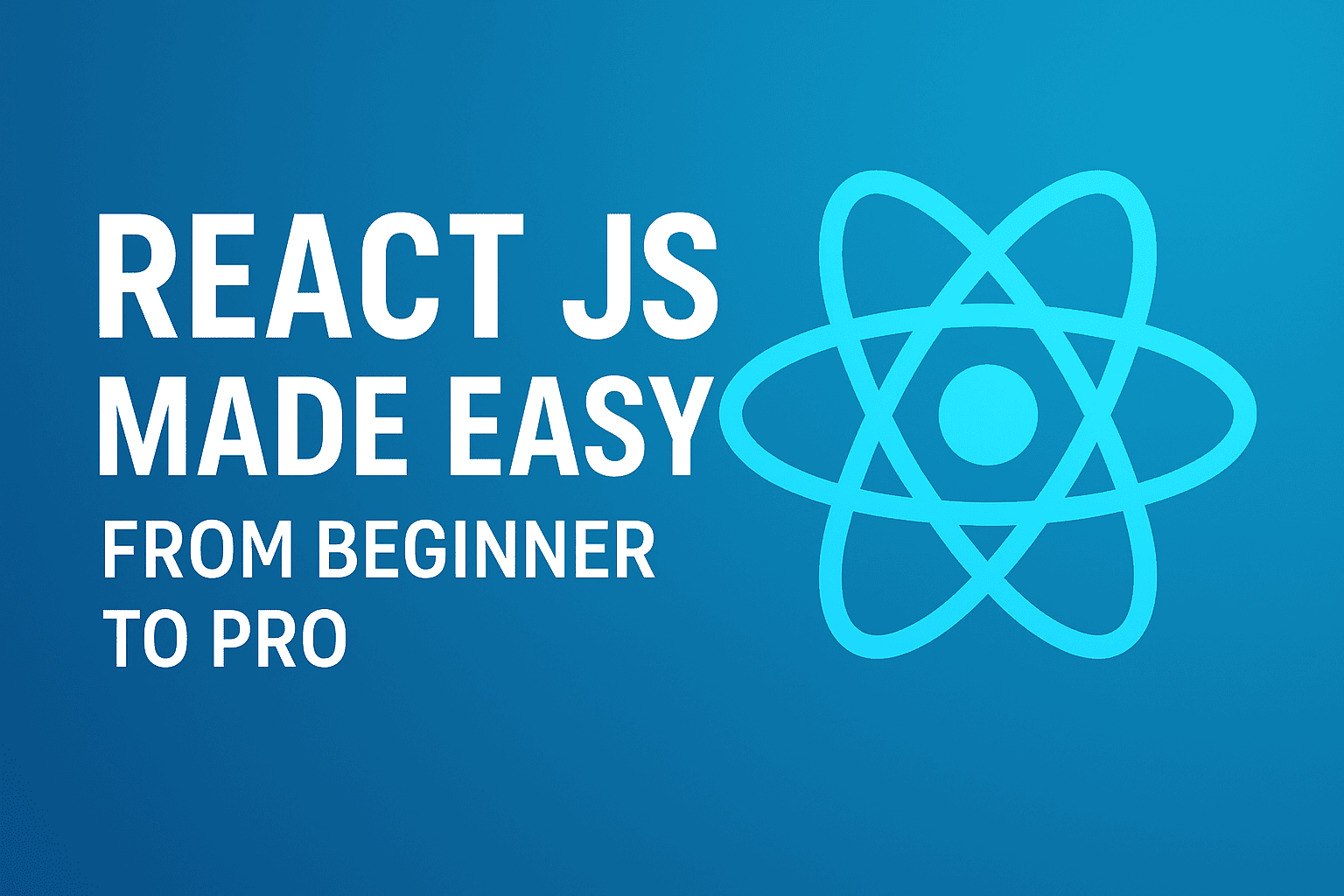React JS has quickly become one of the most popular JavaScript libraries for building user interfaces. Whether you’re a coding newbie or looking to upgrade your development skills, React offers a flexible, efficient, and powerful way to create modern web applications. In this guide, we’ll take you from the basics to advanced concepts—step by step.
What is React JS?
React JS is an open-source JavaScript library created by Facebook. It’s used for building dynamic and interactive UIs, especially for single-page applications (SPAs). Instead of reloading entire pages, React updates only the necessary parts of the UI, resulting in faster and smoother performance.
Why Learn React JS?
- High Demand – Companies worldwide use React for web development, creating job opportunities.
- Component-Based Structure – Reusable code makes projects easier to maintain.
- Rich Ecosystem – Access to powerful tools and community-driven libraries.
- Performance Optimized – React’s virtual DOM ensures speed and efficiency.
Getting Started with React JS
If you’re new to coding, don’t worry. Learning React is simpler than it looks. Here’s a beginner-friendly roadmap:
- Learn the Fundamentals of JavaScript: Before diving into React, make sure you understand ES6+ features like arrow functions, destructuring, and modules.
- Understand JSX: JSX is a syntax extension that lets you write HTML-like code inside JavaScript. It’s one of React’s most powerful features.
- Build Your First Component
- A React component is like a small building block of your UI.
- You can create both functional and class components.
- Work with Props and State
- Props: Pass data between components.
- State: Store and manage dynamic data inside a component.
- Handle Events: Learn how to handle user actions like clicks, form submissions, and keyboard inputs.
- Use Hooks: Hooks like useState, useEffect, and useContext allow you to add functionality to functional components without writing classes
- Routing in React: Use libraries like React Router to navigate between different pages without reloading.
From Beginner to Pro: Advanced React Skills
Once you’re comfortable with the basics, move on to:
- Context API – Manage global state without prop drilling.
- Custom Hooks – Reuse logic across components.
- Performance Optimization – Use React.memo and useCallback to avoid unnecessary re-renders.
- Testing – Use tools like Jest and React Testing Library to ensure code quality.
- Integration with APIs – Fetch and display data from external sources.
Best Practices for Learning React
- Practice by building small projects like a to-do app or weather app.
- Read the official React documentation for in-depth explanations.
- Join developer communities for support and tips.
- Keep updating your skills with new React features and tools.
Conclusion
React JS is a game-changer for modern web development. With its component-based approach, fast performance, and vibrant ecosystem, mastering React will open the door to countless career and freelance opportunities. Start small, practice regularly, and soon you’ll go from beginner to pro—creating stunning, efficient, and responsive web applications with ease.




